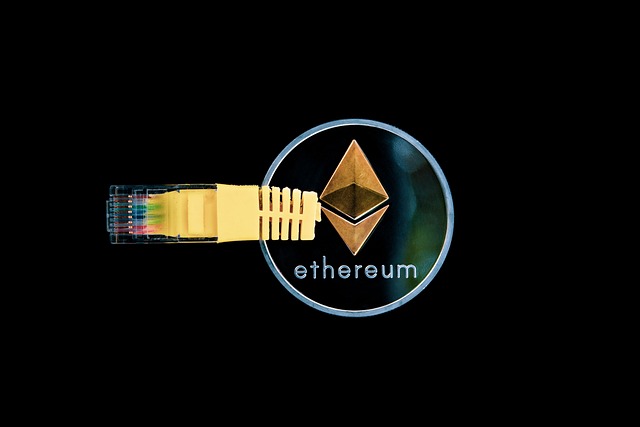Ethereum‘s Contribution to Interoperability in the Blockchain Space
Blockchain technology has seen tremendous growth and adoption over the past decade, with Ethereum emerging as one of the most popular and influential platforms. Aside from its native cryptocurrency, Ether, Ethereum has also made significant strides in enabling interoperability in the blockchain space. In this article, we will explore how Ethereum has contributed to bridging the gap between different blockchain networks, fostering a more connected and efficient ecosystem.
Interoperability refers to the ability of different blockchain platforms to communicate and share information seamlessly. It plays a crucial role in enhancing the overall usability and scalability of blockchain technology and enables various decentralized applications (DApps) to interact with each other. Ethereum has taken several initiatives to promote interoperability and establish itself as a key player in the global blockchain ecosystem.
One of the critical contributions of Ethereum to interoperability is the development and implementation of smart contracts. Smart contracts enable self-executing agreements without the need for intermediaries, ensuring transparency and immutability. Ethereum’s smart contract functionality has become the industry standard, enabling developers to deploy DApps on its blockchain and interact with other Ethereum-based applications. This standardization has fostered a network effect, encouraging developers to build on Ethereum, thus facilitating interoperability within the Ethereum ecosystem.
Aside from its native blockchain, Ethereum has also facilitated interoperability through various projects and protocols. One of the notable projects is the Ethereum Name Service (ENS), which allows the mapping of human-readable domain names to Ethereum addresses. By providing a user-friendly and decentralized addressing system, ENS simplifies the process of transferring assets and facilitates interoperability among different decentralized applications. Users can send transactions to domain names instead of complex wallet addresses, making blockchain interactions more accessible to a wider audience.
Another essential contribution from Ethereum is the development of token standards, most notably the ERC-20 and ERC-721 standards. ERC-20 tokens are fungible assets that follow a set of common rules, enabling seamless interoperability among different projects and applications. This standardization has been instrumental in the widespread adoption of utility tokens, facilitating token exchanges and interactions between various DApps.
On the other hand, ERC-721 stands for non-fungible tokens (NFTs), which represent unique assets such as digital collectibles, virtual real estate, or in-game items. Ethereum’s support for NFTs has created a thriving market for digital assets, enabling interoperability and exchange of unique items across multiple platforms. This has transformed various industries, including art and gaming, by providing a secure and transparent platform for creators and collectors to interact.
Furthermore, Ethereum has also played a vital role in the development of sidechains and Layer 2 scaling solutions. Layer 2 solutions, such as the Lightning Network and Plasma, aim to enhance Ethereum’s scalability and reduce transaction costs by processing transactions off-chain while maintaining the security of the main Ethereum blockchain. These Layer 2 solutions provide interoperability between different Ethereum-based applications, enabling faster and cheaper transaction processing.
In conclusion, Ethereum has made significant contributions to interoperability in the blockchain space through the development of smart contracts, token standards, decentralized addressing systems, and Layer 2 scaling solutions. Its focus on fostering a connected and efficient ecosystem has encouraged developers to leverage its platform, further enhancing interoperability within the Ethereum network. As blockchain technology continues to evolve, Ethereum’s commitment to interoperability will play a vital role in shaping the future of decentralized applications and the broader blockchain ecosystem.







